|
I did my last storytelling session of the school year yesterday, at Our Lady and St. Philip Neri Infants in Sydenham, London. It’s a school I have visited often over the years, and the children know me well. This week they’re having a cultural week, exploring stories from around the world. I told different stories to different year groups, knowing that siblings can swap stories at home. Class 4 asked me for Rumplestiltskin.
I told them the version which ends with the sprite stamping his feet so hard on the ground, he smashes the floorboards and disappears down a hole. It’s the one I grew up with, and still my favourite.
|
| Illusration by Emma Chichister Clark, from The Orchard Book of Grimm’s Fairy Tales |
In the original version collected by the Brothers Grimm, the story ends with Rumplestiltskin flying out of the palace window on a giant spoon, which I think is a brilliant image and leaves the tale open-ended. Will he find another hapless person to trick, and will he succeed in winning the bet next time? A later version has old Rumple getting his foot stuck in the whole he creates and, while attempting to free himself, pulls so hard and frantically, he tears himself in two. It’s a slapstick, if tragic, ending which younger kids seem to prefer. Mainly because it ties up the story neatly and the villain is dealt with in a comic-book manner that can’t possibly be true.
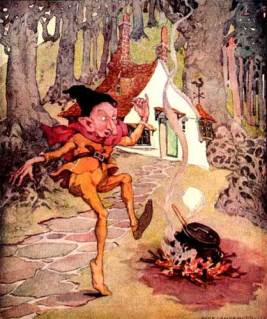 |
| Today I bake, tomorrow brew… |
Rumplestiltskin is that very rare character in German folktale: a male witch or magic being. The name is a play on the word rumple-geist, a ghost who makes weird noses. Sometimes it is also taken to mean goblin.
There are, of course, many variants of the story around the world. I’ve collected ones from Iceland, Scotland, Wales, Russia, Jordan, Hungary, Croatia, Italy and Israel. The magic creature differs according to local customs and folk beliefs, as does the name. But what is similar across cultures is the part of the tale where a mortal divests a magic entity of its power by discovering its name.
Names are powerful things. They give us identity. Without them, we are nothing. In some indigenous South American cultures, the people of the rain forest have two names. A real one they keep a secret, and a second one they share with others. They believe that giving out your name weakens you, it’s giving your enemies ammunition to hurt you.
A second theme of the story is ‘greed’, and how it can take over your life and corrupt you. Everyone in the story is greedy. The miller wants to ingratiate himself with the king, endangering his daughter;s life in process. The king wants more gold, the miller’s daughter wants her freedom, and Rumplestiltskin wants somebody else’s child. Perhaps this is the worst kind of greed, and the reason why the goblin is the only one that ends up dead.
The straw turning into gold symbolises the lure of greed. It’s flashy, and it’s addictive. Once you have a room full, you want more and more.
The children, of course, enjoyed the story for its own sake. For them it was a simple battle between good [the beautiful miller’s daughter] and the evil [Rumplestiltskin]. Good won in the end. The baby stayed with her mummy. The goblin was torn apart. End of story and, very soon, end of term! All is well with the world.

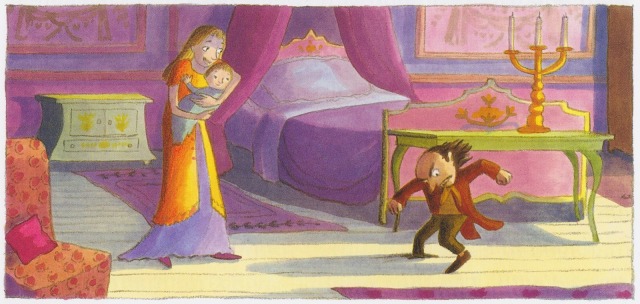

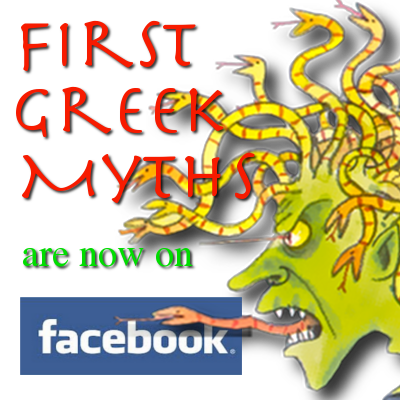
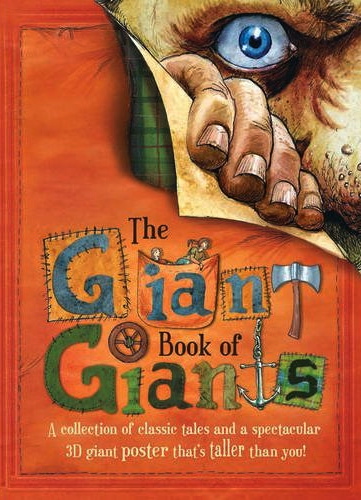
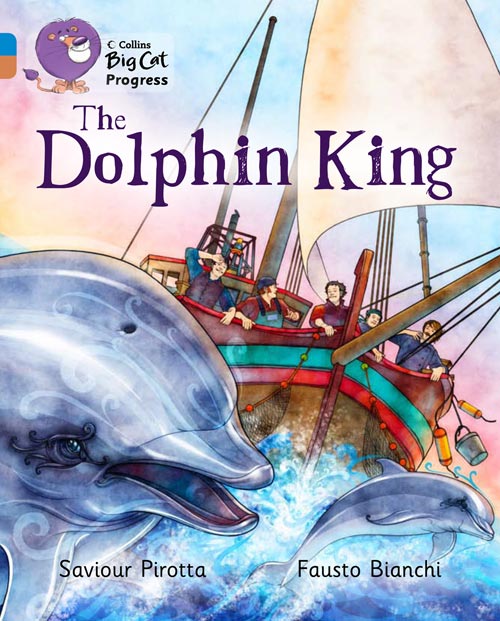
 UK edition
UK edition

After reading this I personally like the giant spoon ending the best. It’s obviously the true one because as you must know Rumplestiltskin did turn out to be Ronnie Corbett.
Ha, ha, it is indeed.